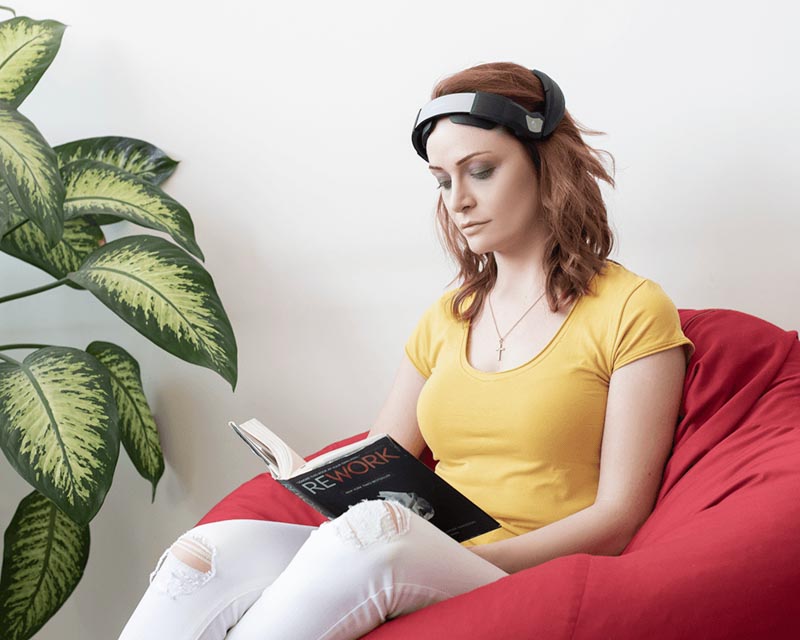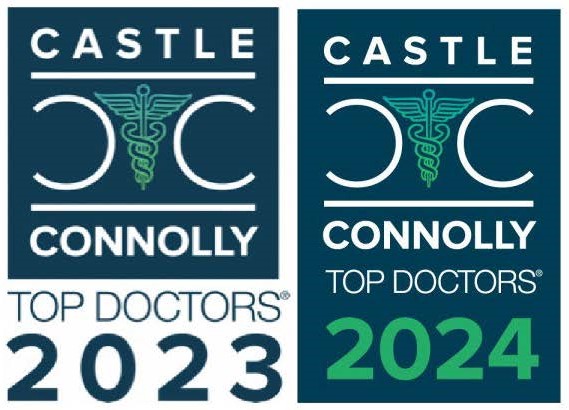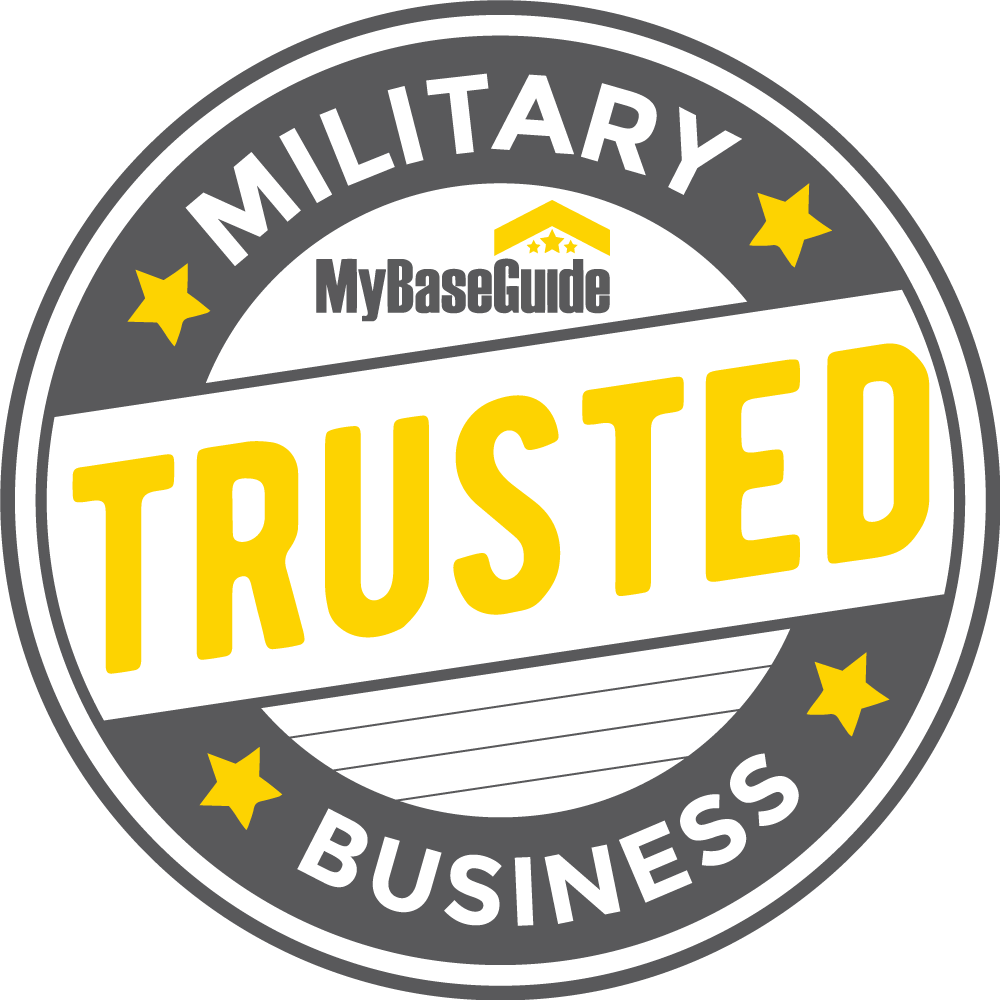tDCS Therapy
Transcranial direct current stimulation (tDCS) or transcranial electrical stimulation (TES) is a different and alternative form of TMS. Unlike TMS, tDCS uses a low intensity electric current (<2.1 mA) in order to stimulate the brain whereas TMS uses magnetic pulses. tDCS is easy to use, safe, and tolerable with little to no unwanted side effects.
There is growing research indicating tDCS can be an effective alternative to medication therapy. This is especially beneficial for individuals that may have an exclusion to TMS therapy, lack of insurance coverage for TMS therapy, or TMS is cost prohibitive. tDCS is not as strong of a therapy as TMS therapy, yet, it can be an effective option for many. Plus, it is portable, which makes at-home maintenance simple for patients following completion of in-office TMS treatment to assist in maintaining the positive improvement achieved through TMS therapy. It may also be considered as a primary treatment for mild depression, ADHD and cognitive issues that may be performed at home.
tDCS can also be considered as an alternative therapy for individuals with Bipolar Disorder and Major Depressive Disorder that are not candidates for TMS therapy or are interested in attempting a milder treatment then TMS. Call 480-448-2916 to schedule a detailed evaluation.
What is tDCS therapy?
At first glance, transcranial stimulation may seem like a risky procedure. But rest assured, it’s a completely safe and non-invasive brain stimulation technique that requires no surgery or anesthesia. By placing a couple of electrodes on your scalp and transmitting a gentle, low current through them, transcranial stimulation can help alleviate various conditions. You’ll be delighted to know that the level of current used is 400 times milder than what is required for electroconvulsive therapy (ECT). So, it’s no wonder that patients can comfortably resume their daily activities immediately following treatment without any complications.
-
Still considered investigational by the FDA but widely used throughout Europe for many years
-
Usually not covered by insurance
-
tDCS devices are more portable and affordable
-
Available for home-use
-
Similar treatment regimen as TMS with treatment sessions lasting approximately 30 minutes
Is transcranial stimulation safe? Are there side-effects?
Transcranial stimulation is the gentlest and safest form of brain stimulation currently available. In a review of over 180,000 patient sessions, there were no serious side-effects or signs of irreversible tissue injury. Due to its positive safety profile, the European Union has even approved transcranial stimulation for home use.
If side-effects occur, they are usually mild and localized to the site of the electrodes. The most common side-effects include mild discomfort, itching, or skin irritation under the electrode site during a session, and usually go away once the electrodes are removed.
Very rarely, patients report headache or fatigue immediately after the session. These are generally mild and short-lived, and can often be managed by adjusting the settings of the treatment.
Will the results of transcranial stimulation therapy last?
This innovative treatment creates both immediate and long-lasting changes in the brain, similar to how exercise works wonders for the body.
During a single session, experience a mood lift, improved focus, and relief from stress. As this safe and painless procedure utilizes your brain’s natural ability to change, you may continue to benefit even after the session ends.
With continued sessions, you can even consolidate gains or heal. By utilizing cutting-edge imaging technologies like fMRI or qEEG, healthcare providers can now observe long-term changes in the brain.
Although the extent and duration of these changes vary, multiple factors like the type of current used, the number of sessions, and others determine the outcomes. But with a little determination, you can watch your brain shine brighter and faster than ever before.
What else can transcranial stimulation be used for?
TMS Institute of Arizona is one of the only centers in the US, which utilizes a well-respected tDCS device presently approved in Europe by the CE (European FDA-equivalent). This device presently may be used in our clinic for the following conditions:
- Depression
- ADD/ ADHD
- Cravings
- Parkinson’s disease
- Cognition
tDCS Maintenance
Think of tDCS/TES as performing physical therapy exercises after surgery. It is a form of maintenance that complements and sustains TMS results. It is operated by the patient and controlled by your smartphone. tDCS/TES is not recommended for everyone, but can be very helpful for certain patients, such as those working to relieve depression and who want to maintain their remission long-term after completion of TMS therapy. If tDCS/TES is for you, details will be discussed during your TMS consultation visit.














